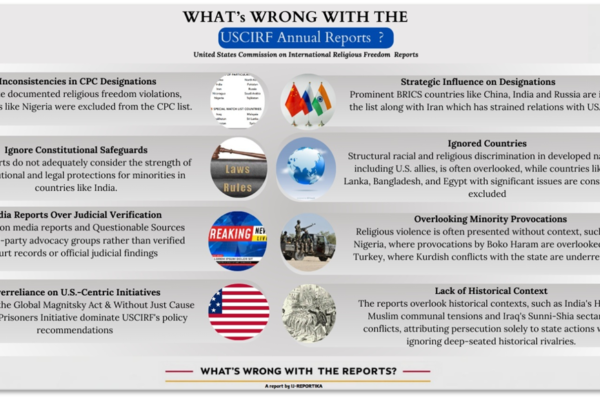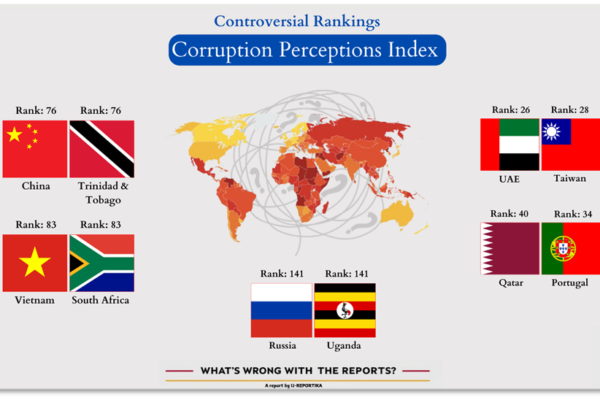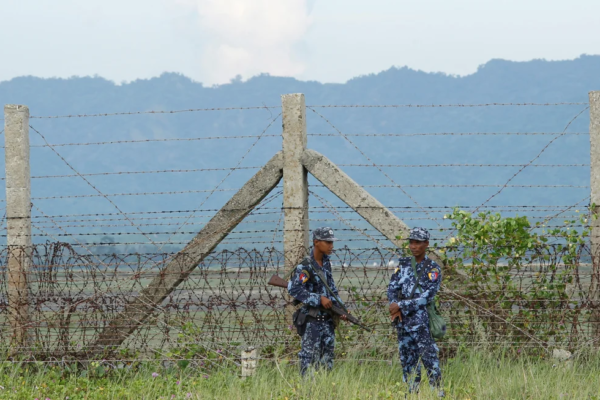The Arakan Army insurgent group in western Myanmar’s Rakhine state has made rapid advances against the junta over the past year and controls more territory and people than any other rebel force in Myanmar. Rakhine state, or Arakan as it used to be known, was a separate kingdom until it was conquered by Burmese kings in 1784. Now the Arakan Army, or AA, could be on the brink of a major step towards fulfilling what it calls the “Arakan Dream”, of once again securing self-determination for the state of more than 3 million people, some 60% of whom are ethnic Rakhine Buddhists and about 35% Muslim Rohingya. As the AA advances towards its goal of driving out junta forces, scrutiny has turned to how it sees Rakhine state’s future in Myanmar, how it would handle the state’s Muslim minority, amid accusations of serious rights abuses, which the AA denies, and how it would accommodate China’s economic ambitions. Lightning progress The AA was founded in 2009 by members of the ethnic Rakhine community, led by former student activist Twan Mrat Naing, seeking shelter with the Kachin Independence Army, or KIA, in northern Myanmar. The AA recruited some of its first fighters among Rakhine men working in jade mines in Kachin state. They gained experience fighting the military alongside the KIA and other insurgent forces in Shan state, before filtering back into Rakhine state from around 2014. The AA burst onto the scene in Rakhine state on Jan. 4, 2019, with Independence Day attacks on four police stations. Aung San Suu Kyi, who led a civilian government at the time, ordered the military to crush the “terrorist” force but the two sides later agreed to a ceasefire. The AA condemned the military’s February 2021 coup but did not immediately resort to arms. Over the next two years of on-again, off-again ceasefires, the AA built up its administrative capacity through its political wing, the United League of Arakan, including a COVID-19 vaccination drive. In November 2023, it launched a large-scale offensive in coordination with two Shan state insurgent forces, as part of the Three Brotherhood Alliance. The AA made lightning progress, initially in northern Rakhine state and a southern part of neighboring Chin state that it claims, seizing military outposts, bases and towns, as well as large amounts of arms and ammunition. Arakan Army soliders with captured arms and ammunition in a phto posted on the group’s website on Feb. 13, 2024. The AA claims to have more than 30,000 fighters though independent analysts suspect its strength is around 20,000. The AA controls about 80% of Rakhine state – 10 of its 17 townships and one in neighboring Chin state. In townships it does not control, it has pinned junta forces into pockets of territory, such as the state capital, Sittwe, the town of Ann, home of the military’s Western Command, and the Kyaukpyu economic zone on the coast where China has energy facilities. RELATED STORIES Arakan Army treatment of Rohingya minority poses challenge to Myanmar opposition Arakan Army’s gains enough to enable self-rule in Myanmar’s Rakhine state International criminal court seeks arrest warrant for Myanmar junta chief Confederation While all of Myanmar’s insurgent forces want to throw off military rule, they differ when it comes to ultimate aims. Most ethnic minority forces and pro-democracy militias drawn from the majority Burman community aspire to a democratic, federal union but the AA has called for a vaguely defined “confederate status” for Rakhine state. “We will see whether a Federal Union of Myanmar will have the political space for the kind of confederation that our Arakanese people aspire for,” AA leader Twan Mrat Naing told the Asia Times newspaper in a 2022 interview. The prospect of the AA governing Rakhine state is bound to raise fears for the Rohingya. The AA’s position on the persecuted Muslim minority community has shifted over the years, from seemingly moderate and inclusive to accusations of mass killings this year. The catalyst for the hardening of the AA line on the Rohingya was a campaign by the junta to recruit, at times forcibly, Rohingya men into militias to fight the AA. U.N. investigators said they documented attacks on Rohingya by both the AA and the junta. On Aug. 5, scores of Rohingya trying to flee from the town of Maungdaw to Bangladesh, across a border river, were killed by drones and artillery fire that survivors and rights groups said was unleashed by the AA. The AA denied responsibility. As well as capturing large volumes of weapons from the military, the AA has been helped by its insurgent allies in the northeast, analysts say. For revenue, it says it relies on taxes and donations from Rakhine workers overseas. It denies any link to the flow of methamphetamines from producers in Myanmar to a booming black market in Bangladesh. The role of China is likely to be crucial as it seeks to bring peace to Myanmar. China has extensive economic interests in its southern neighbor including a hub for its Belt and Road energy and infrastructure network in Rakhine state at Kyaukpyu, where China wants to build a deep sea port. Natural gas and oil pipelines begin at Kyaukpyu and run across Myanmar to southern China. The AA, like other insurgents in Myanmar, has not attacked Chinese interests, though it has surrounded Kyaukpyu. Some analysts say the AA, with its northeastern Myanmar connections, has links to China. However, there has been no public indication that China is pressing the AA to make peace with the junta, as it has done with groups in northern and northeastern Myanmar. Edited by Kiana Duncan and Taejun Kang. We are : Investigative Journalism Reportika Investigative Reports Daily Reports Interviews Surveys Reportika






